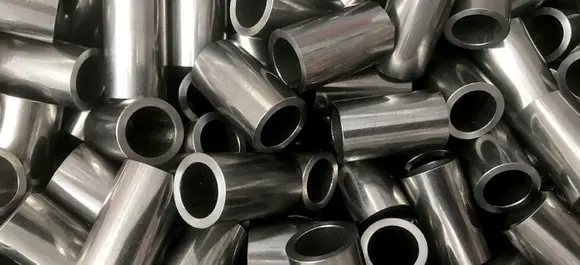Mobile:+86-311-808-126-83
Email:info@ydcastings.com
English
Understanding the Function and Design of Turbocharger Turbine Housings in Modern Engines
Understanding Turbocharger Turbine Housing An Essential Component of Turbocharging Systems
Turbochargers have gained immense popularity in the automotive industry due to their ability to enhance engine performance while maintaining fuel efficiency. At the heart of the turbocharger lies the turbine housing, a crucial component that plays a fundamental role in the turbocharging process.
Understanding Turbocharger Turbine Housing An Essential Component of Turbocharging Systems
One of the main considerations in turbomachine design is the housing geometry. The shape and size of the housing directly affect the turbocharger’s efficiency and response time. A well-designed turbine housing will minimize exhaust backpressure, allowing the engine to breathe more freely and enhancing overall performance. This is crucial because high backpressure can lead to decreased engine efficiency and increased turbo lag, the delay between the driver pressing the accelerator and the turbo delivering extra power.
turbocharger turbine housing

Another factor to consider is the aspect ratio of the turbine housing. This refers to the ratio of the diameter of the turbine scroll to the diameter of the turbine wheel. A smaller aspect ratio typically results in quicker spool times, making the turbocharger responsive at lower RPMs. In contrast, a larger aspect ratio can improve high-end power, making the turbocharger more suitable for high-speed applications. Thus, choosing the right aspect ratio is critical for matching the turbocharger characteristics to specific performance goals.
Heat management is another vital aspect of turbine housing design. High temperature during operation can lead to significant thermal stress. Incorporating features such as external cooling fins or using advanced thermal insulating coatings can help mitigate these effects, enhancing the longevity and reliability of the turbocharger.
Furthermore, the efficiency of the turbine housing can have a ripple effect on emissions. A well-optimized turbine housing reduces turbo lag and improves engine responsiveness, thereby leading to better combustion efficiency. This ultimately results in lower emissions, making modern turbocharged vehicles more environmentally friendly.
In conclusion, the turbine housing is a pivotal component within a turbocharger, impacting performance, durability, and emissions. Understanding its functions and how its design influences overall engine performance is crucial for engineers and automotive enthusiasts alike. As technology advances, ongoing innovations in turbine housing design will continue to enhance the efficiency and capabilities of turbocharging systems, shaping the future of automotive performance.











